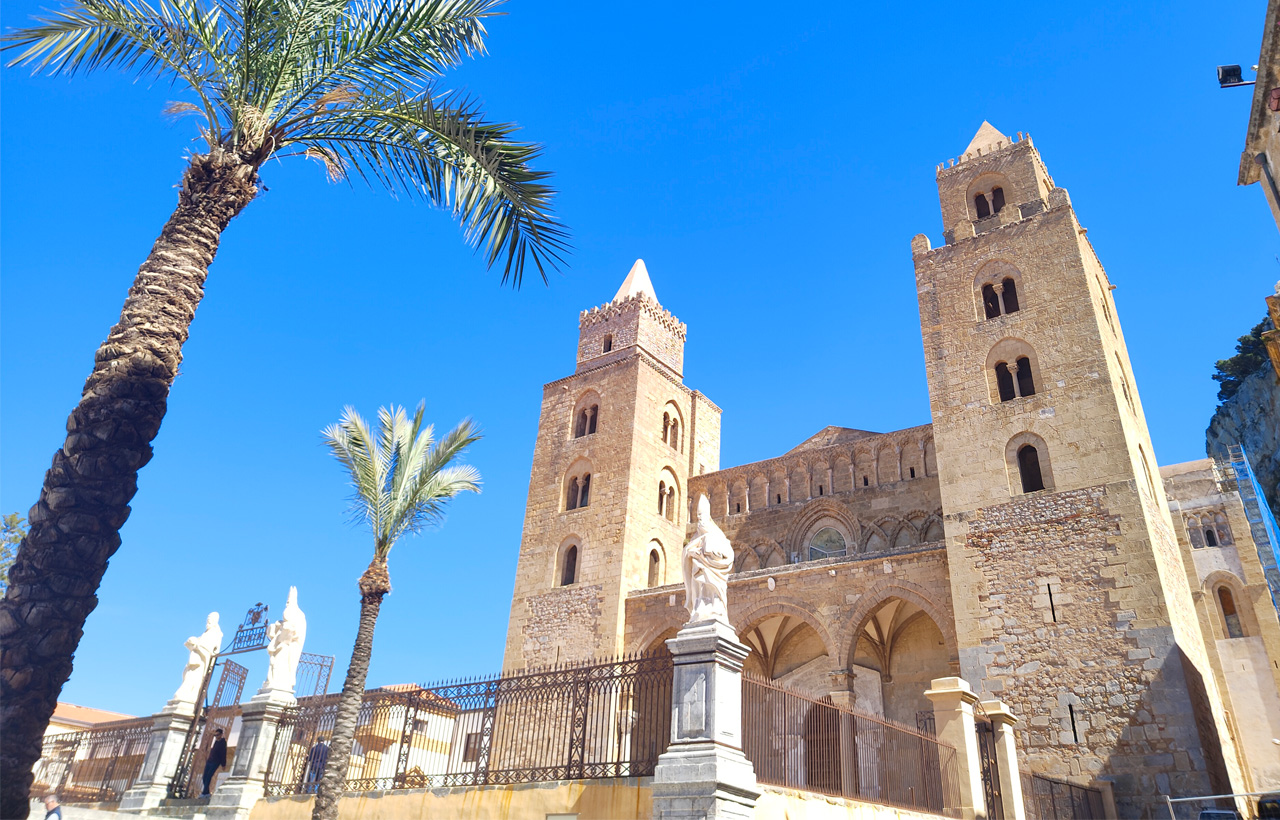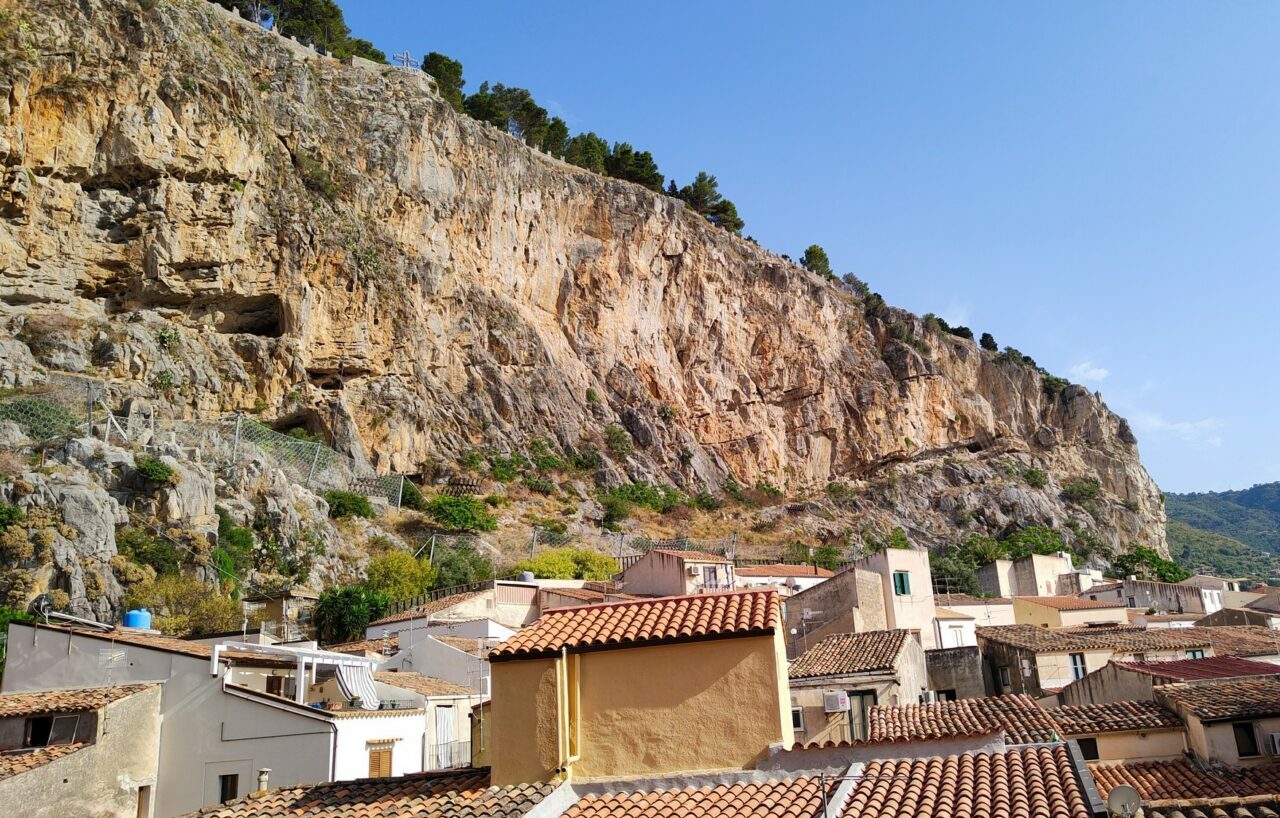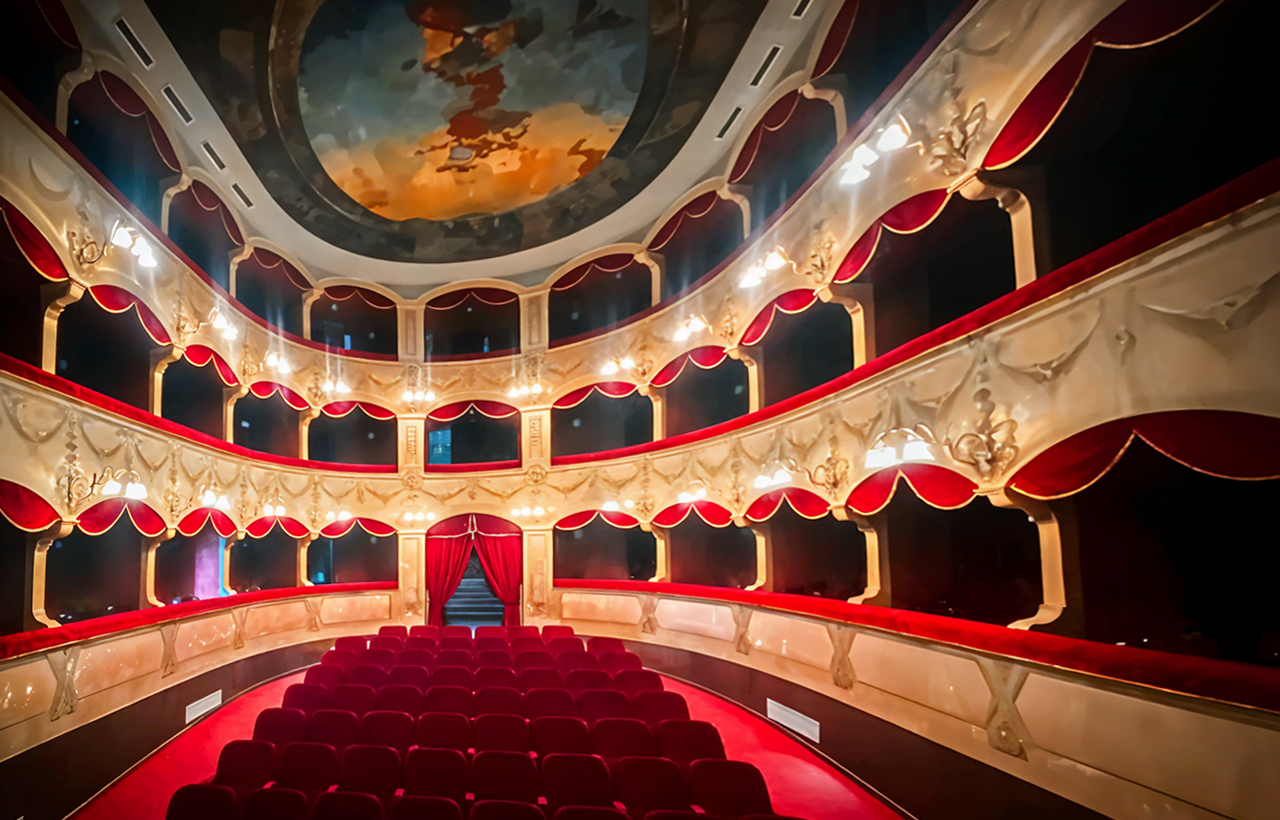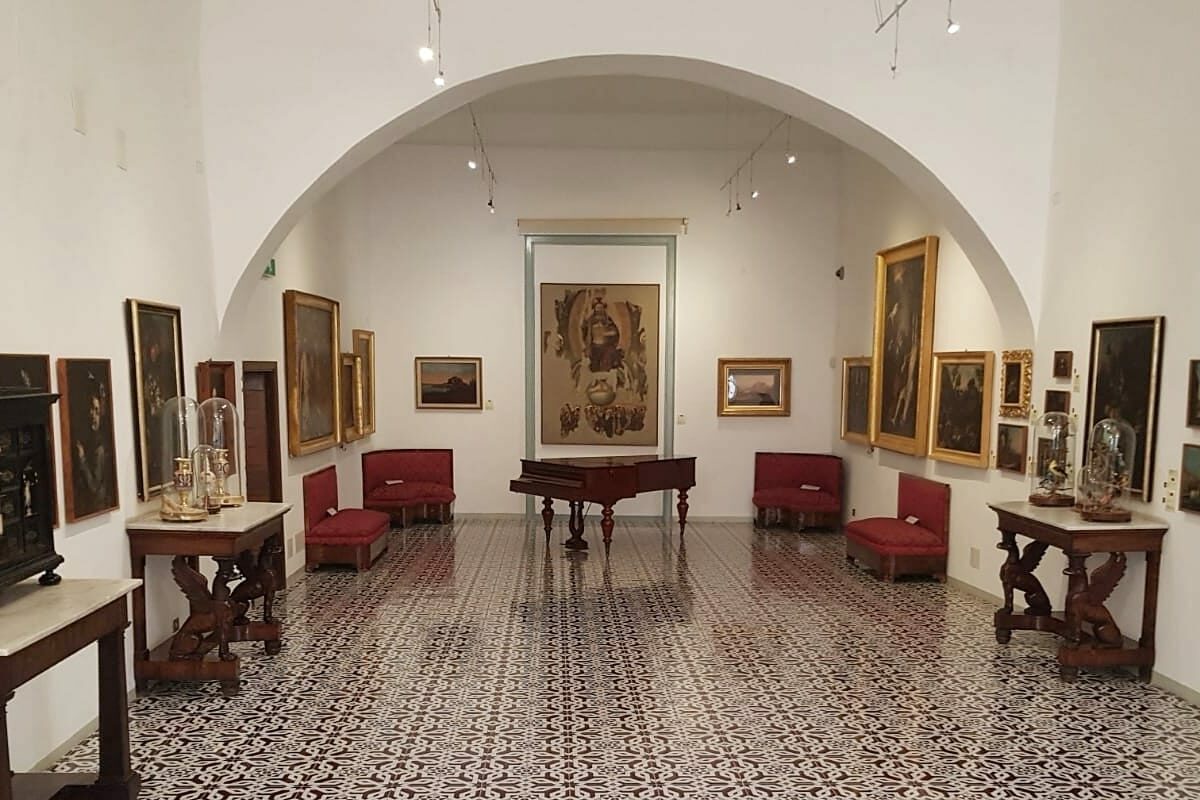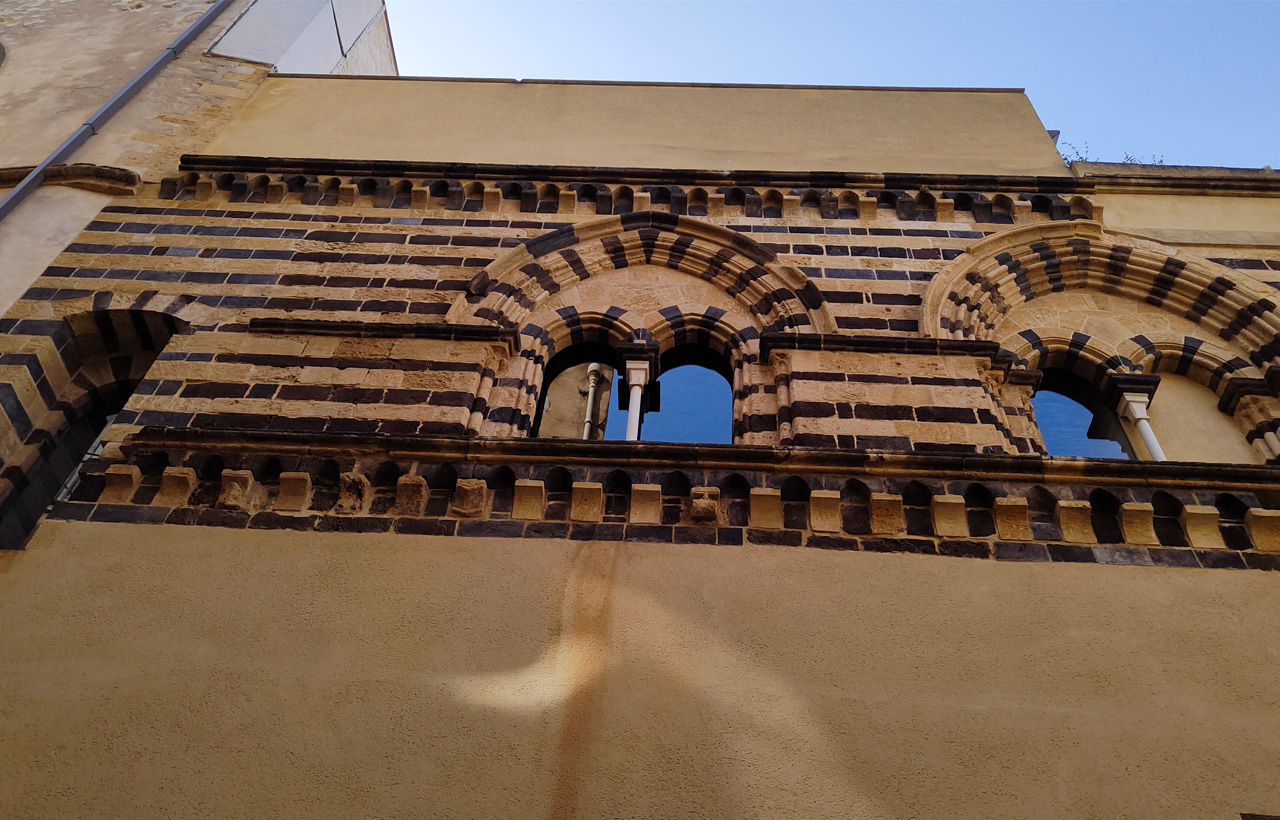MANDRALISCA MUSEUM
ARCHAEOLOGY, ART, HISTORY
The Mandralisca Museum in Cefalù is a must-see destination for art enthusiasts. This interdisciplinary museum receives about twenty thousand visitors a year and offers archaeological collections, a picture gallery, a malacological collection, a numismatic collection and numerous valuable objects.
The museum was founded by Baron Enrico Pirajno di Mandralisca (1809-1864), an enlightened 19th century patron of the arts, who believed in the value of education to spread humanistic and scientific knowledge, especially among the young. In his will of 1853, the baron established the creation of a high school and an evening school, maintained thanks to his possessions, including his collection.
Thus was born the Mandralisca Foundation (today the Mandralisca Onlus Cultural Foundation). The lyceum, located in the baron's mansion in Via Mandralisca, began operating in 1890, after the death of the baron's widow, Maria Francesca Parisi.
The Archaeology Collection
The main archaeological collection comes from excavations conducted by the baron in Cefalù and other parts of Sicily, including the necropolis of Contrada Diana on Lipari. The collection includes Protocorinthian and red-figure ceramics, such as the famous Sicelian tuna seller crater (370 BC), as well as Hellenistic, Roman and Christian oil lamps, and a statuette of the goddess Demeter (4th century BC).
The Numismatic Collection
The numismatic collection, located on the first floor, includes a wide range of coins grouped by mints, as well as numerous volumes dedicated to numismatics.
The Malacological and Ornithological Collection
The malacological and ornithological collections are the fruit of the Baron's naturalistic studies. The collection includes marine, terrestrial and freshwater shells, as well as European and exotic snails. The ornithological collection includes around a hundred bird specimens.
For more information, visit the official website of the Mandralisca Museum: www.fondazionemandralisca.it.


